Jungle Green (1964). Documentary following 40 Commando, Royal Marines in Borneo during the Konfrontasi.
The Artificers (1974)
The Artificers is a recruitment film produced for the Royal Navy by the Central Office of Information. Features footage of artificer apprentices at HMS Fisgard and outward bound training.
Followed by footage of marine engineering artificer training at HMS Caledonia and aboard HMS Amazon (a newly built Type 21 frigate at this time).
Followed by footage of air engineering training at HMS Daedalus with decriptions of 3 types of air artificer and extensive footage of the Lee-on-Solent Search and Rescue flight.
Followed by footage of electrical and weapons engineering training at HMS Collingwood, some tricky problem solving aboard a nuclear submarine, followed by firing the ASW mortar on HMS Argonaut (Leander-class frigate).
The Silent Enemy (1958)
The Battle of Heligoland Bight, 28 August 1914, by J. E. Maycock
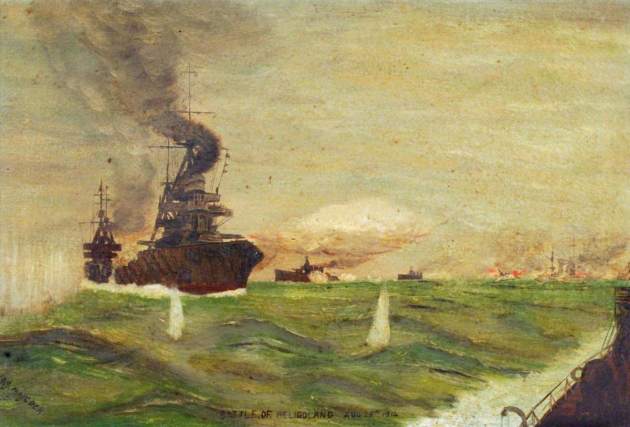
The Battle of Heligoland Bight, 28 August 1914. Oil on canvas by J. E. Maycock.
Armed merchant cruiser HMS Dunvegan Castle torpedoed “on this day” 27 August 1940
“On this day in history” 27 August 1940, Royal Navy armed merchant cruiser HMS Dunvegan Castle (Capt. H. Ardill) struck by 3 torpedoes from submarine U-46 (Oblt. E. Endrass) while escorting Convoy SL-43 (convoy commodore RAdm. J. C. Hamilton).
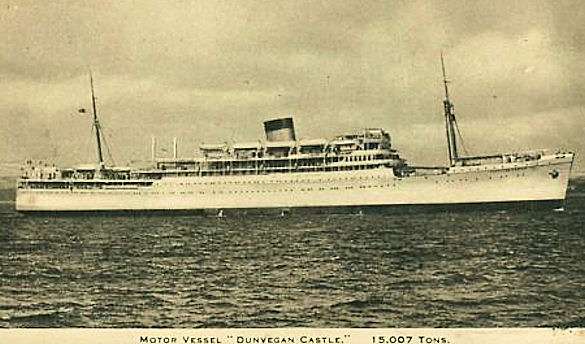
The first torpedo struck Dunvegan Castle at 21.47 aft of the bridge, but the ship remained underway. The second torpedo struck the engine room at 22.12 and the third torpedo stuck forward of the bridge at 22.51.

Dunvegan Castle foundered and caught fire, with 27 men (3 officers, 24 ratings) killed. Convoy escorts HMS Harvester (LtCdr. M. Thornton) and HMS Primrose (LtCdr. C. Sanders) took off 240 survivors.
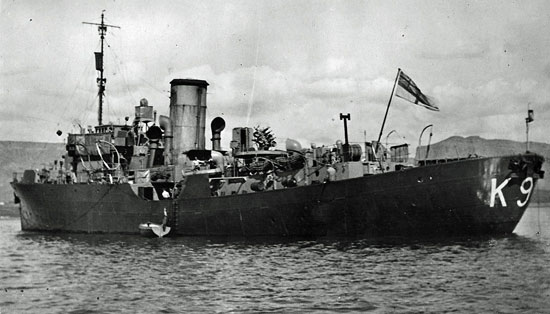
HMS Primrose (K91) rescued survivors from Dunvegan Castle.
Dunvegan Castle sank in position 54°54N/11°W, 75-miles NW of Ireland.
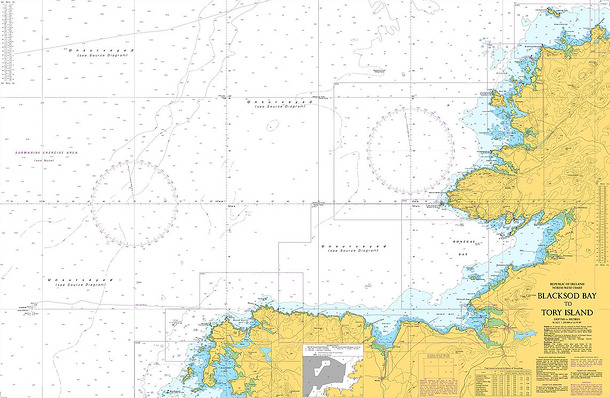
German submarine U-185 sunk by US Navy aircraft “on this day in history” 24 August 1943
On 24 August 1943, German submarine U-185 (Type IXC/40, Kptlt. A. Maus) sunk by depth charges from Avenger and Wildcat aircraft of US Navy Composite Squadron 13 (VC-13), operating from escort carrier USS Core (CVE-13) in position 27.00N, 37.06W.
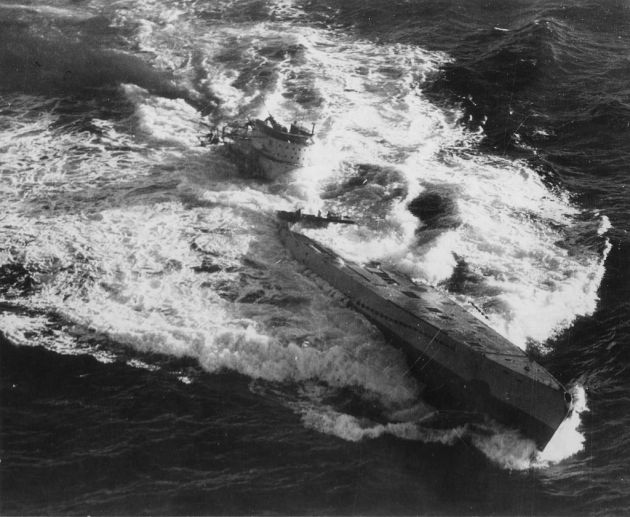
U-185 sinking (photo: US Navy)
Records on U-185 are held at the US National Archives.
German submarines at sea “on this day in history” 24 August 1939-44
“On this day in history” 24 August, the following U-boats were at sea:
1939 20
1940 14
1941 45
1942 99
1943 70
1944 69
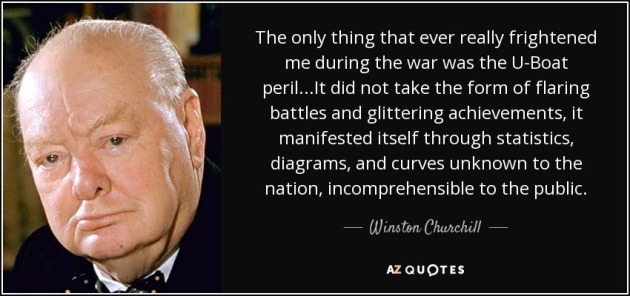
“On this day in history”Seafires over Japan, 1945
On this day in history, 17 July 1945, Supermarine Seafire fighter aircraft of 880 Naval Air Squadron fly over Japan for the first time.
The first plane to actually crass the coast (top) was piloted by Lt Goodfellow, RNVR, flying from the Royal Navy aircraft carrier HMS Implacable.
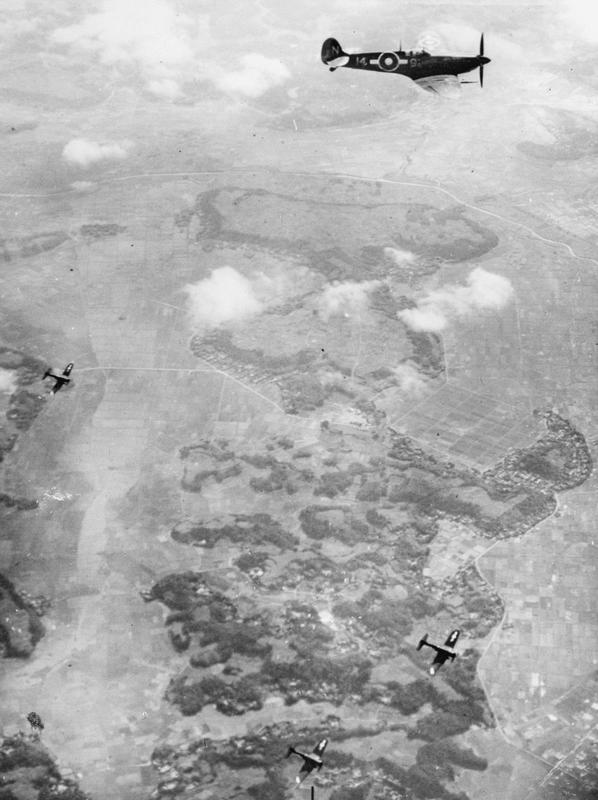
Seafires of 880 Naval Air Squadron over Japan (IWM A29964).
Implacable served as part of the British Pacific Fleet from April 1945 until victory over Japan. On 17 July 1945, aircraft from Implacable joined those from Formidable and Victorious to conduct attacks on Japanese airfields in the Tokyo-Yokohama area.
Independence Eve, 3 July
Just a bit of fun.
“On this day in history” Japanese soldiers finally surrender, 1951.
“On this day in history” 30 June 1951, a group of stranded Japanese soldiers who refuse to believe World War II ended in 1945, surrender to Lt. Cmdr. James B. Johnson, USS Cocopa (ATF 101) on Anatahan Island in the northern Marianas.
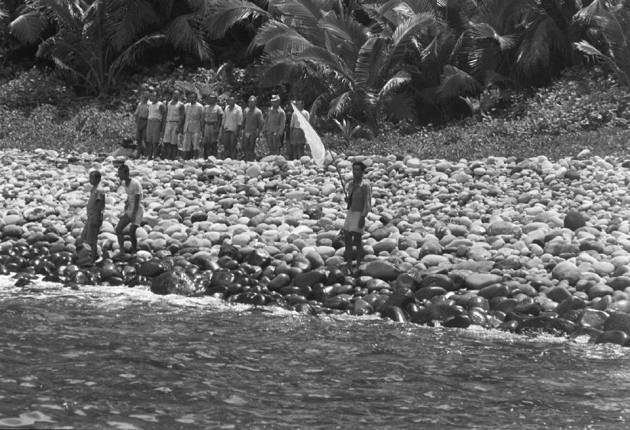
Japanese assemble on the beach at Anatahan Island under a white flag.
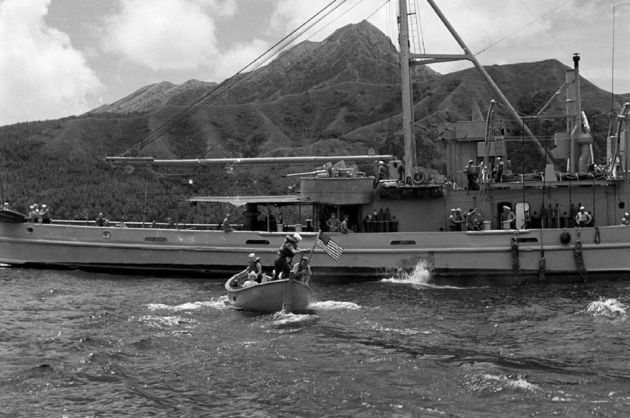
USS Cocopa dispatches landing party.
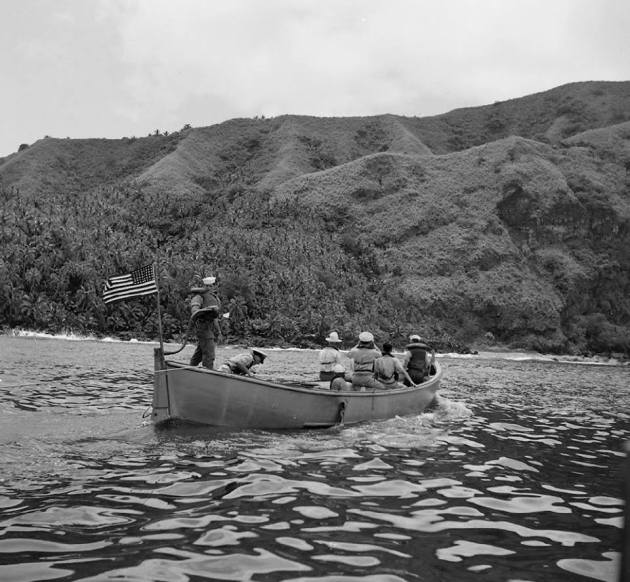
Approaching the island.
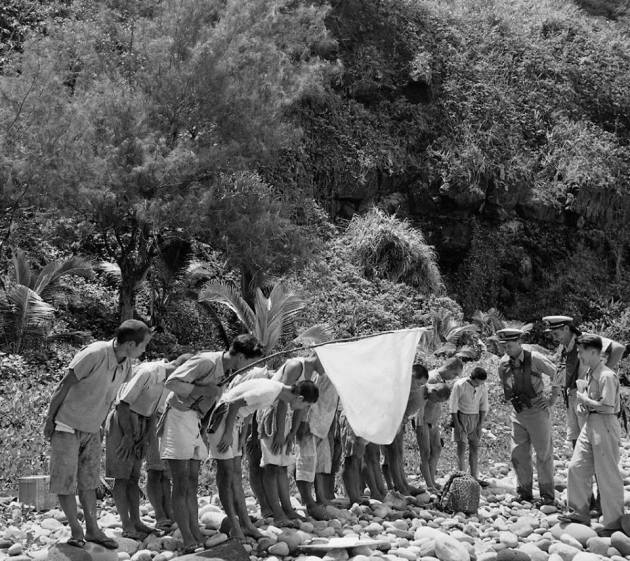
The formal surrender.
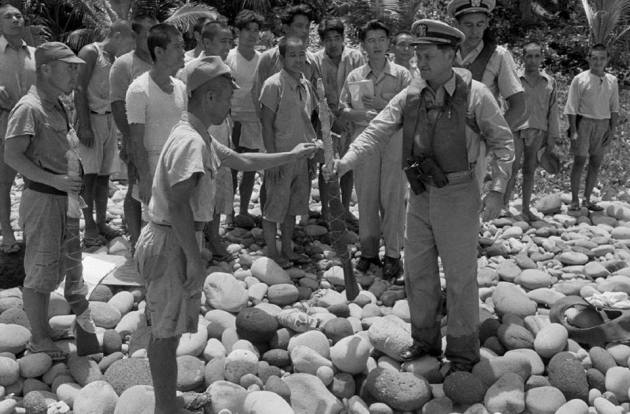
Handing over weapons.
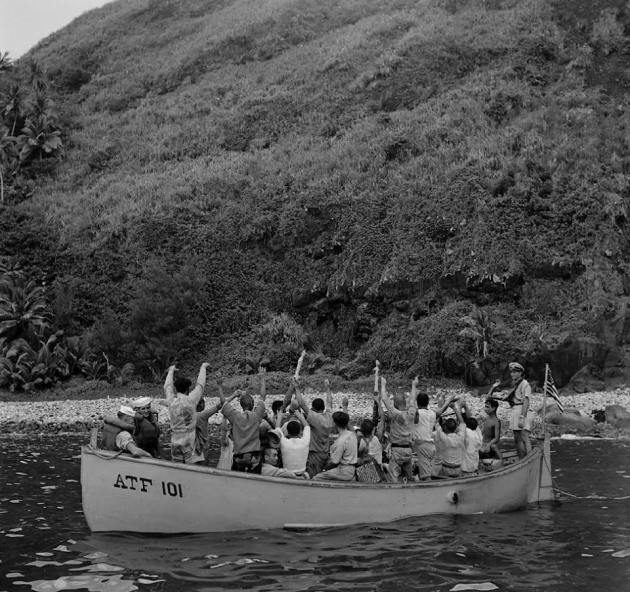
Returning to USS Cocopa with the Japanese.
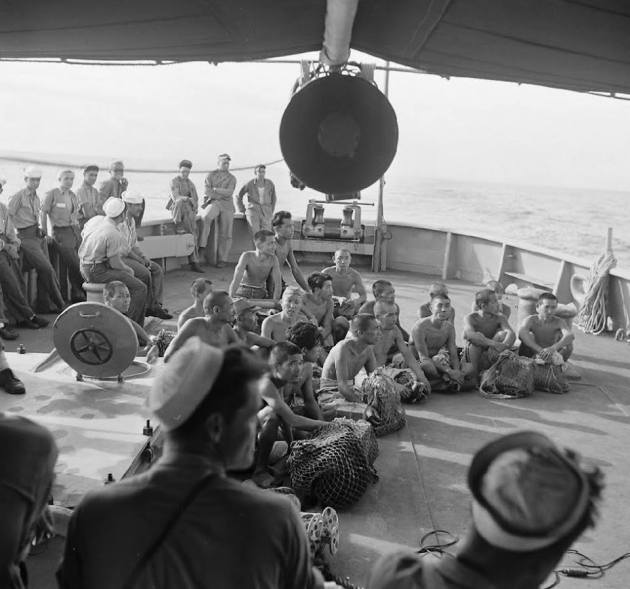
Surrendered Japanese soldiers aboard USS Cocopa.